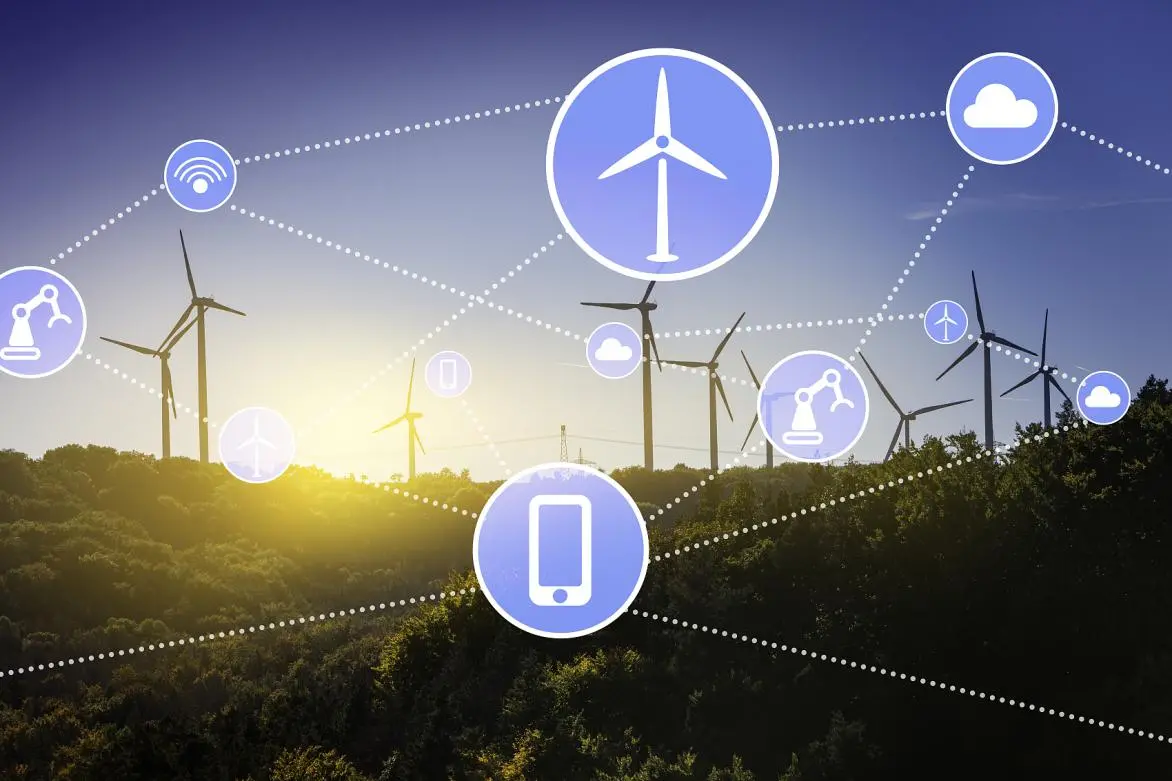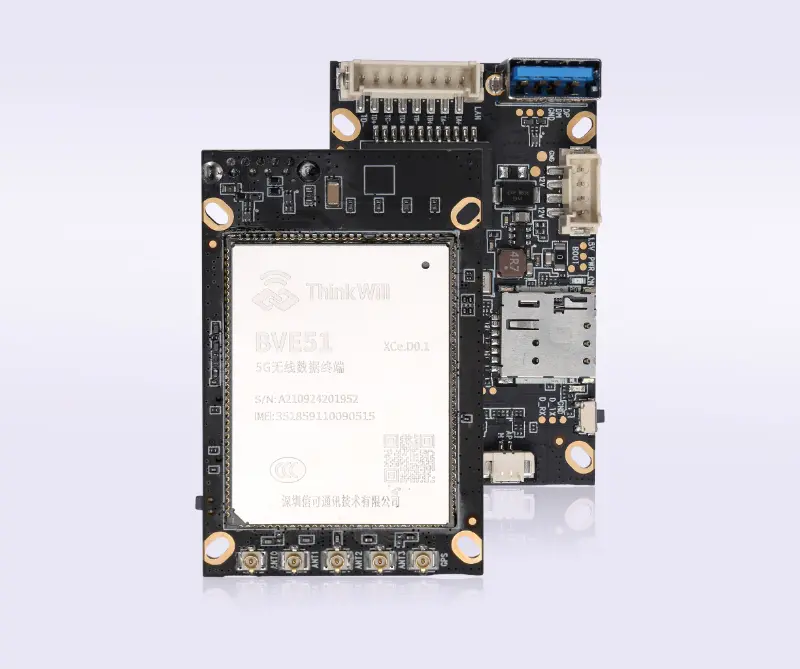2022-12-30
The arrival of 5G technology has been a major advancement for the Internet of Things (IoT). 5G networks offer significantly faster speeds and lower latency compared to previous generations of wireless technology, making them well-suited for the high-bandwidth and real-time communication needs of IoT applications.
One of the key benefits of 5G for IoT is the ability to support a much larger number of devices on a single network. This is thanks to the higher spectrum efficiency of 5G, which allows for more data to be transmitted over the same amount of spectrum. This is particularly important for IoT applications that require many devices to be connected in a single location, such as a factory or a smart city.
In addition to supporting more devices, 5G also offers improved reliability for IoT applications. The lower latency of 5G networks means that data can be transmitted and received more quickly, reducing the risk of delays or lost data. This is particularly important for applications that require real-time communication, such as remote surgery or self-driving vehicles.
Wireless modules are a key component of many IoT devices, as they allow the devices to communicate with the wider network. With the advent of 5G, these modules will be able to take advantage of the faster speeds and lower latency offered by the new technology. This will allow IoT devices to transmit and receive data more quickly and reliably, improving the overall performance of the system.
Next, we will provide examples of the use of 5G wireless modules in different scenarios.
The first example of an IoT application that could benefit from 5G wireless modules is smart agriculture. In a smart agriculture system, by enabling real-time monitoring and control of various aspects of the farming operation, these modules can help to optimize irrigation, fertilization, pest control, and other critical tasks, leading to increased production efficiency and potentially higher crop yields. In addition, the use of 5G wireless modules in smart agriculture can help to reduce the environmental impact of farming, by allowing for more precise and targeted use of resources such as water and pesticides.
The second application of 5G wireless modules in smart cities is the use of IoT sensors and devices to monitor and optimize various aspects of the urban environment, including transportation. With the high speeds and low latency of 5G networks, it is possible to transmit real-time data from these sensors and devices to a central control system, allowing for more efficient management of the city's transportation system

For example, 5G wireless modules could be used to connect sensors on roads and highways to a central control system. These sensors could transmit data on factors such as traffic flow, road conditions, and accidents. This data could then be used to optimize traffic routing and signal to time, improving the overall efficiency of the transportation system.
In addition to optimizing traffic flow, 5G wireless modules could also be used to improve the efficiency of other aspects of the transportation system, such as public transit and ride-sharing services. For example, sensors could be placed on buses and trains to monitor their schedules and routes, allowing for more efficient operation of these services. Similarly, sensors could be used to optimize the routes of ride-sharing vehicles, reducing fuel consumption and emissions.
The use of 5G wireless modules in smart cities has the potential to greatly improve the efficiency of the transportation system. By enabling real-time monitoring and control of various aspects of the system, these modules can help to optimize traffic routing, signal timing, and other critical tasks, leading to increased road efficiencies and potentially reducing congestion and emissions.

Finally. one application of 5G wireless modules in energy grids is the use of IoT sensors and devices to monitor and optimize the production, distribution, and consumption of energy. With the high speeds and low latency of 5G networks, it is possible to transmit real-time data from these sensors and devices to a central control system, allowing for more efficient management of the energy grid.
For example, 5G wireless modules could be used to connect sensors on wind turbines or solar panels to a central control system. These sensors could transmit data on the current production of energy, as well as other factors such as weather conditions and equipment performance. This data could then be used to optimize the operation of the energy grid, ensuring that energy is being produced and distributed in the most efficient manner possible.
5G wireless modules could also be used to improve the consumption of energy within homes and businesses. For example, smart meters and other IoT devices could be connected to the grid using 5G wireless modules, allowing for real-time monitoring of energy usage. This data could then be used to optimize energy consumption, helping to reduce overall energy usage and costs.
In addition to optimizing energy production, 5G wireless modules could also be used to improve the distribution of energy within the grid. For example, sensors could be placed on power lines to monitor the flow of electricity and detect any issues that may arise. This data could then be transmitted to a central control system in real-time, allowing for quick identification and resolution of any problems.
The use of 5G wireless modules in energy grids has the potential to greatly improve the efficiency of energy production, distribution, and consumption. By enabling real-time monitoring and control of the energy grid, these modules can help to optimize the operation of the grid and reduce energy costs for consumers.

Of course, 5G wireless modules can be used in more than just the aforementioned scenarios. There are many other areas where they can be applied, such as in construction and mining, digitized education, connected healthcare, richer mobile experiences, smart manufacturing, intelligent retail, and more. Overall, the arrival of 5G technology has the potential to greatly enhance the capabilities of IoT applications. The faster speeds and lower latency of 5G networks, coupled with the use of 5G wireless modules, will allow IoT devices to transmit and receive data more quickly and reliably, improving the overall performance of the system."
In conclusion, ThinkWill has a wealth of experience and successful case studies in the field of 5G wireless module applications. If you are interested in learning more, please don't hesitate to contact us at +86 755-21601999 to discuss your needs and learn about our solutions and products, or leave us a message and we will get back to you as soon as possible
Think Will unveiled at the exhibition hall of the China Public Institute for Urban Safety
ThinkWill participated in IOTE 2020 Shenzhen International IOT Exhibition
